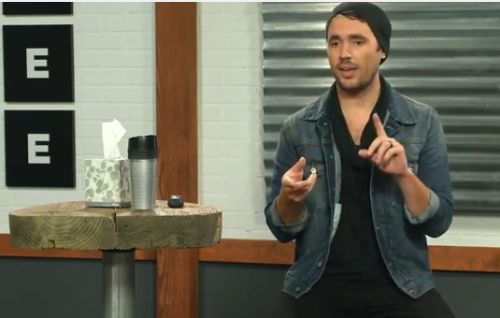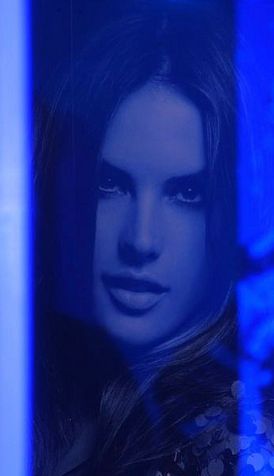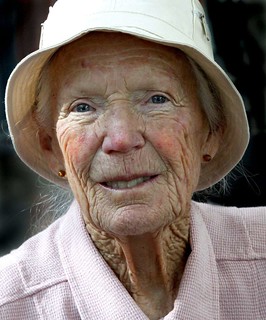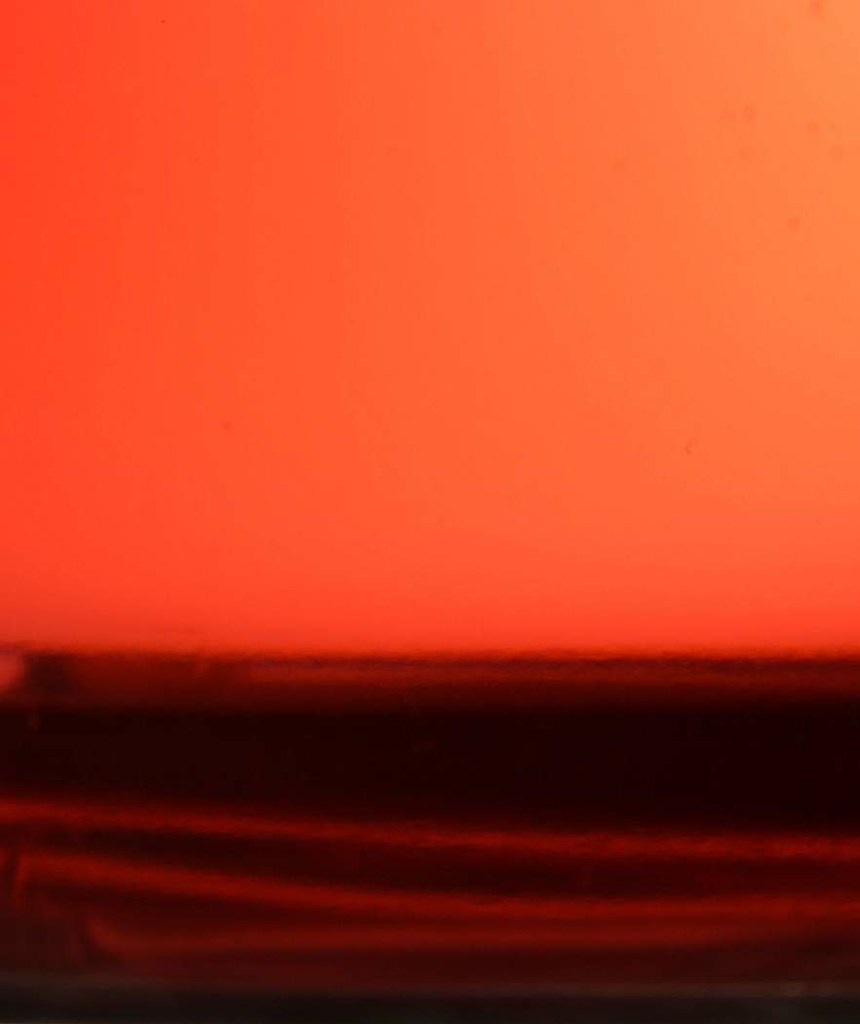
• Expression :: Put you into your portfolio •
[Image taken from the video below].
Let go of other peoples expectations
Photographers often say about their work that they “should” be doing this or that. Or, maybe they say they would be “better” doing this instead of that with their work. Often that just adds up to a statement about their aspirations. Often these aspirations are reactions to what they think people want. They are not true expressions of who they really are.
It is all too easy for us to fall foul of fashion and social pressure in our photography. Amateur and professional alike, photogs are artists. True expression is really about what we feel. Not what we do to meet the expectations of fashion or popular interest.
Expression – understanding our inner selves
When we are truly satisfied with a photo it’s not because we think everyone else is going to think it’s great. It is because we know we have done something good. We’ve done something that really expresses how we feel about the shot we have just made. Expression is our inner artist coming out.
I met a photographer once who thought, when he got started, that it was all about glamour and glory. He tried hard for four or five years to be “be a professional photographer”. He did everything his boss told him. He took the pictures his boss said would make him successful. He worked continually to meet the goals set by the photographic fashions and the aspirations his boss had for him. He even did a part time college course and learnt all the academic and background ideas. He did as he was told, learnt the trade – and failed.
Twenty years later, when I met him, he was working as a local government officer. I asked him why he had given up photography. He told me he had not. He gave up being a pro-photographer and for a long time did not pick up a camera. Then, one day, years later he did. And, he discovered what photography was really about. It is about expression.
What he’d not seen in those heady days when learning the trade was his own inner artist. Everything he did was for others. All his pictures were motivated by external influences. Then, years later, when the pressure was off he discovered something. Actually photography is a very hands on, gritty sort of profession. There really is not much glamour. But there is a lot you can say about the world. A photographer, like any artist needs to let themselves out. The expression of what they feel about a scene is what they should be working on. Not what everyone else thinks should be said about a scene.
Expression IS photography
Make sure your pictures say something. Let people know who you are through your pictures. Tell them what you are interested in. Communicate with them through your images. Make pictures in their minds. Expression is everything in photography. It says “I love this”, or “that is important”, or “my heart was in this scene”… or whatever. Expression IS photography.
Who you are goes deeper than your portfolio
Here is a short video clip with a famous photographer, Jeremy Cowart ![]()
. It shows something many photographers forget. When your pictures reach out to someone, the influence is more profound than the talent of technical excellence. Telling people who you are and what you are thinking through your pictures is a powerful expression.
Uploaded by CreativeLive
In this extraordinary book Jeremy Cowen delivers amazing photography. With it he tells some equally extraordinary stories. The book breaches the boundaries of ordinary coffee-table photography books. The stories cut straight to the heart. Human interest and art do live together. This book brings that out.
What’s Your Mark? Every Moment Counts by Jeremy Cowart (Photographer) and Brad Davis (Designer),
Comments, additions, amendments or ideas on this article?
Contact Us or leave a comment at the bottom of the page…
Like this article? Don’t miss the next — sign up for tips by email.
Photokonnexion Photographic Glossary – Definitions and articles.
Definition: Photog
What’s Your Mark?: Every Moment Counts by Jeremy Cowart (Photographer) and Brad Davis (Designer),

Damon Guy (Netkonnexion)
See also: Editors ‘Bio’.
By Damon Guy see his profile on Google+.








